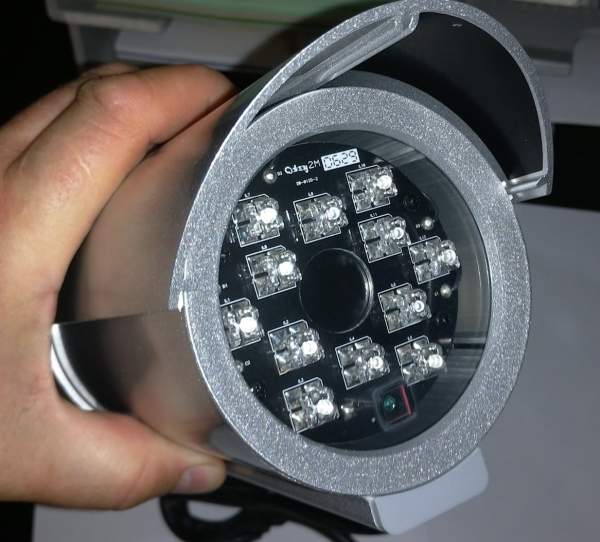
CPEB confines the strength of glutamatergic synapses through regulating the translation of several plasticity-related proteins (PRPs) RNAs in neurons. Among these, cytoplasmic polyadenylation element-binding protein (CPEB) family is a crucial RNA-binding protein that has been noted in developing, synaptic plasticity and cellular senescence. ĭiverse mechanisms of spatio-temporal gene regulation have proved essential for the moderation of nervous system design, including control of mRNA synthesis via RNA-binding proteins (RBPs). The dynamic modulation of AS in the nervous system is essential for moderating protein-protein interactions, transcription systems, and neuronal growth. Various gene modulatory pathways moderate the phases of neuronal growth consisting of neuronal relocation, neuronal plasticity, synaptic formations, dendritic and axonal outgrowth. Neurogenesis is typified by extensive alterations in the transcriptomes, as well as proteomes of the differentiating cells, required for the optimal transformation of neural precursor or stem cells to mature neurons. Recent advances have been made toward understanding the contributions of alternative splicing that modulate isoform switching during neurogenesis. Furthermore, a growing number of neurological illnesses (e.g., autism, depression, Parkinson's disease) correlated with known or suspected splicing deficiencies, suggests the potential significant function of neural alternative splicing events in several biological processes. Recently, alternative splitting decisions were thought to control key neuronal developmental phases, like neurogenesis, synaptic connectivity, plasticity, and remodeling. It is particularly essential to comprehend how neurogenesis, development, pathfinding, maintenance, migration, and synaptogenesis are modulated with such precision. The mammalian brain is a uniquely complex but a well-structured system, constituting various types of neuronal cells which form specific synaptic links with other neurons.

Herein, we established that CPEB3 is a critical modulator of alternative splicing in neurogenesis, which remarkably enhances the current understanding of the CPEB3 mediated alternative pre-mRNA splicing. Moreover, qRT-PCR verified the CPEB3-modulated transcription of neurogenesis genes LCN2 and NAV2, synaptogenesis gene CYLD, as well as neural development gene JADE1. Notably, CPEB3 partially modulated differential gene splicing enhanced in the modulation of neural development, neuron cycle, neurotrophin, synapse, and specific development pathway, implying an alternative splicing regulatory mechanism associated with neurogenesis. CPEB3 overexpression had insignificant effects on gene expression in HT22 cells.


We additionally validated CPEB3-modulated genes using RT-qPCR.

Consequently, we used iRIP-seq to identify CPEB-binding targets. We used RNA-seq to analyze CPEB3-regulated alternative splicing on control and CPEB3-overexpressing cells. To establish the modulatory trend of CPEB3, we cloned and excessively expressed CPEB3 in HT22 cells. Nonetheless, the mechanisms moderating splice isoform options remain unclear. Sequence-specific RNA-Binding Protein CPEB3 has distinctive isoform-distinct biochemical interactions and neuronal development assembly roles. In the mammalian brain, alternative pre-mRNA splicing is a fundamental mechanism that modifies neuronal function dynamically where secretion of different splice variants regulates neurogenesis, development, pathfinding, maintenance, migration, and synaptogenesis.


 0 kommentar(er)
0 kommentar(er)
